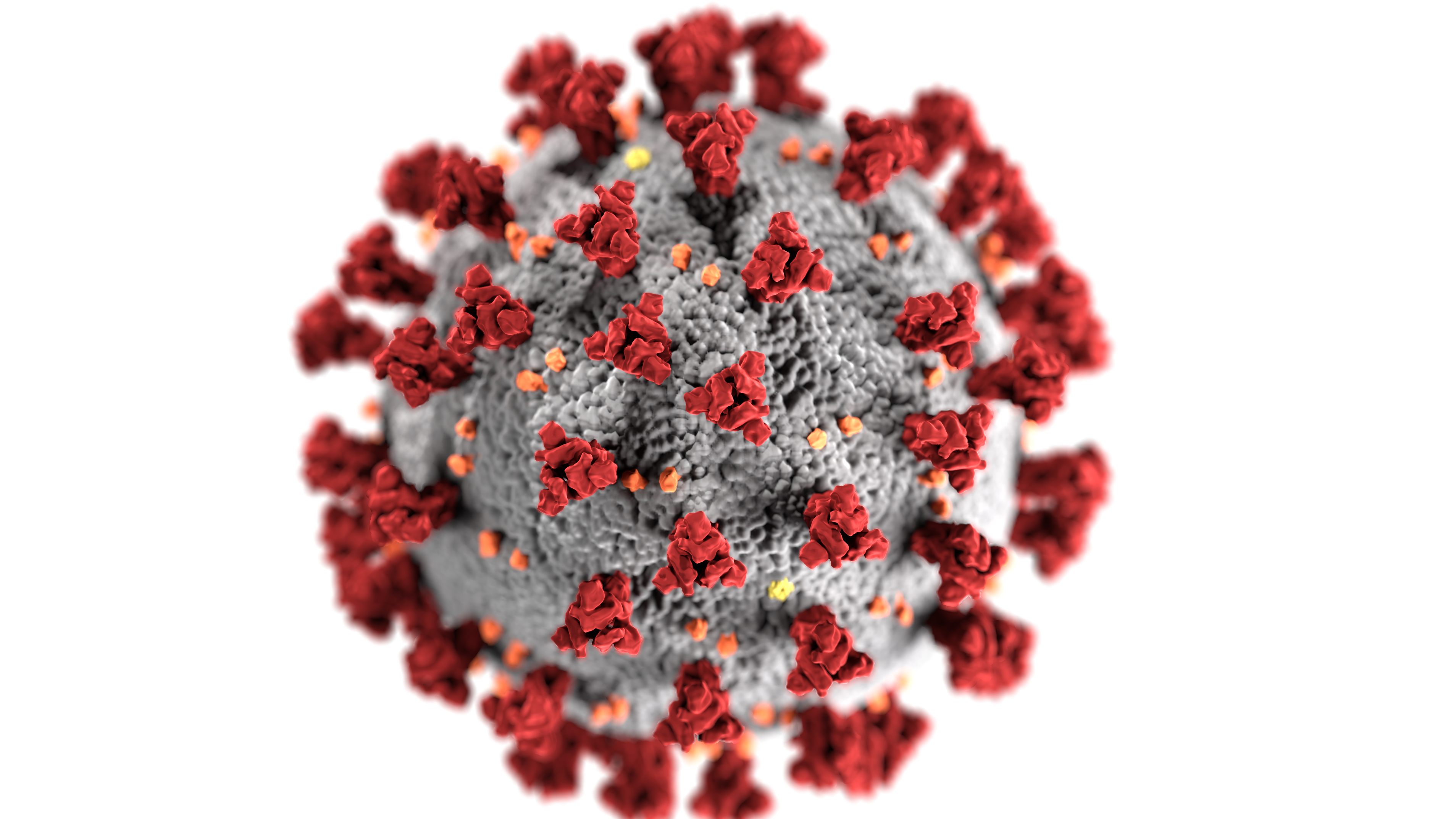
“It’s an essential human fear that we don’t want to die alone, and the worst part of it for our family was knowing that he was in the hospital alone.”
Like virtually all of America’s 215,000 coronavirus deaths, Maggie Farley’s father, a Denver probate attorney who fought for affordable housing died without family and loved ones at his side. “I don’t feel like he died with regrets and I don’t feel like we left anything unsaid,” Maggie explained in an article this past April for USA Today. “But I really would have liked to have been there to hold his hand.”
This has been a challenging and difficult time for those who have lost loved ones, and also for the industry that is perennially there to take care of the grieving. Funeral homes are overwhelmed, and understaffed but also have been forced to play a more distant role than they are accustomed to. But new constrictions and new realities also inspire new opportunities. As the saying goes, necessity is the mother of invention. And interesting new projects and collaborations and technologies have emerged, or become wildly more popular.
In fact, this is exactly what Morbid Anatomy artistic director and co-founder Joanna Ebenstein told us when Digital Dying spoke to her back in April. Citing words from her academic friend John Troyer, who had just come out with a book by MIT Press called Technologies of the Human Corpse, she stated that, times of great change like this are when these new technologies get pushed very quickly forward, and that they would have probably taken a very long time to be accepted otherwise.
The words indeed appear to have been prophetic. And one technological development that comes quickly to mind is the innovation of live streaming funerals. Back in 2014, Digital Dying published its first article on live streaming funerals. The trend was just beginning and the New York Times and Atlantic had recently written about it. In 2019, David Lutterman, the CEO of a live streaming funeral company that began in New Zealand called OneRoom, told Digital Dying, “It’s like I am coming from the future…I know this service is going to take off in the US.” And sure enough, live streaming has received quite a lot of attention in the media of late. We checked in with Lutterman the other week to see how business was going, given that he was an early adopter of this technology.
“Our business goal has not changed at all – our sole purpose is to highlight the importance of the funeral/memorial service and make it a more inclusive and shared experience,” Lutterman told Digital Dying via email. He said that growth on his platform in new locations has increased by six-fold since 2019, and online guest numbers have increased fourteen-fold. “Live streaming, once a ‘nice-to-have’ is now a ‘must-have,’” said Lutterman. “At the start of 2020 we estimated around 20% of funeral homes offered live streaming, we now believe over 80% are streaming their services.”
But with the success have come challenges, too. “We now have to change the message from ‘why’ to ‘how,’” says Lutterman. “The vast majority of funeral directors are driven to deliver an excellent experience to family and guests attending their services in person but we are not always seeing the same duty of care extended to their online guests. This is not to criticize funeral directors, they just didn’t have time at short notice to make a considered choice or upskill in this area. The other aspect lost by many in the sector is the opportunity presented by increased engagement in their digital channel. There is so much more to be gained than attracting ‘likes’ or a thumbs-up emoji.”
>>Read: Where are Funerals When You Need Them?
Streaming services operated by social media platforms have been used regularly by funeral homes in recent months, but Lutterman believes services like the one his company provides are unique. “Many funeral homes responded to the sudden need by using public channels like YouTube, Facebook Live, or Zoom,” said Lutterman. “While this was quick and relatively easy to set up, these channels are not without operational challenges, cost, and privacy considerations. Social media channels deliver the utility of streaming but without the nuance needed for such a sensitive and personal event.”
While we are on the topic of social media companies, it is worth pointing out that the pandemic has jostled their relationship with another long-time media form—the newspaper. Many local and regional newspapers have faded or folded in the age of social media news. But the coronavirus has, at least in some cases, revived the newspaper as a respected instrument of shared community concern and information.
Newspapers across the world have risen to the challenge of making sense of the pandemic’s death toll and illustrating the humanity and unique personality of those who have been lost. Back in March Digital Dying wrote about one northern Italian newspaper that ran obituaries across ten pages of the paper. More recently, these sorts of newspaper remembrance projects have come online too.
On May 27 the New York Times published a project entitled, “An Incalculable Loss.” The project was epic, expansive, and deeply detailed and touching. It featured a silhouetted human body to mark every single one of the 100,000 people who had died from the virus and a personalized line, gathered from obituaries across the country, to mark many of these people. There was Dale E. Thurman, a 65-year-old Lexington Kentucky resident and “a tailor known for his exacting work and strong opinions,” 91-year-old Mary Minervini of Oak Lawn, Illinois, a “sign-language interpreter,” 49-year-old Jesus Roman Melendez of New York who was “Famous in family circles for his birria beef stew” and Tarlach MacNiallais of New York City, a “Belfast-born fighter for LGBT and disability rights.” And on and on. It is an impressive project, and the entire sweep of deaths is organized by dates, so one can start at the beginning of the pandemic and scroll through the months of March, April and May.
Connecting Directors reported earlier this month that the Canadian publication Maclean’s has launched a similar project called, They Were Loved, to commemorate the more than 9,000 Canadians lost to COVID-19 with a meaningful obituary for each individual. “Maclean’s is launching They Were Loved, an obituary project to commemorate thousands of coronavirus victims, as well as to mark this historic moment in Canadian history,” the project’s website states. “Our goal: to pay tribute to every Canadian who has died or will die of COVID-19.”
>>Read: Goodbye For Now, We’ll Celebrate Later
Just last week, Digital Dying reported on a similar project set up on Twitter called, Faces of COVID. “We applaud this effort since every life is a life worth remembering,” the post stated. “We encourage you to commemorate those we have lost, those we will lose, and those who are missing their loved ones. Above all, never forget that the COVID fatalities are not numbers, they are mothers, fathers, sons, daughters, neighbors, and more.”
Of course, online remembrance sites such as legacy.com long ago altered the space of the obituary. But the difference now seems to be that a newspaper is still a cherished community or city institution, and it creates space during this time of isolation for people to grieve together.
Back to the USA Today article. Maggie Farley said she was grateful to the nurses at Denver’s Swedish Medical Center who tended to her father and set up FaceTime sessions so the family could talk to him and virtually see the last rites administered.
“People think that doing a video conference or talking to the friends on Zoom or Zoom cocktail hour is awkward and alienating,” she said, “but grieving alone is really isolating.”
Live streaming funerals and newspaper obituary projects are measures that have helped overcome this alienation and isolation, and surely there will be more projects to come.









